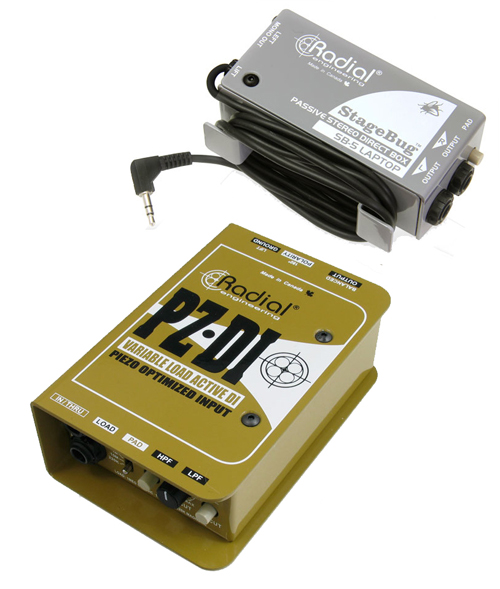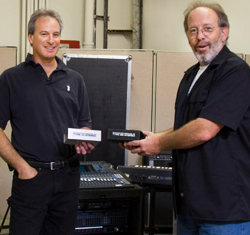Given the wide variety of audio sources that are connected to the microphone and line inputs of the mix console, the availability of high-quality DI boxes is a true blessing. Electric basses, acoustic guitars with piezo transducers, other stringed and wind instruments with pickups, effects units, CD players, computers, and more contribute to the overall audio palette of the event.
DI boxes (also called direct boxes) are the tools that allow the disparate sources, each with its own distinct functions, output levels, and impedance characteristics. to connect with the sound reinforcement system properly – without adding excessive noise and/or altering frequency response.
Primary Applications
DI boxes provide three basic functions. First, they convert unbalanced signals from sources such as instrument pickups and electronic instruments into balanced signals that can travel longer distances without induced interference or signal degradation.
Second, they help with impedance matching, especially from high-impedance sources like passive guitar pickups being fed into low-impedance mic inputs on the mixing console.
Third, while performing the above electronic functions, DIs act as an interface to change from one connector type to another, typically from 1/4-inch to XLR.
As an added benefit, the audio transformer within a passive DI will break a ground loop. Some active DIs also place a transformer within the input-to-output path for isolation. Because the transformer passes the signal from the primary to the secondary coil via induction versus requiring a physical connection, the ground current cannot flow and create hum and buzz.
Passive & Active
DI boxes are made in both passive and active formats, and each has its primary uses and advantages. Basically, a passive design requires no external power to function, and its internal audio-quality transformer performs the conversion functions.

An active DI requires power from a phantom power source and/or from a battery. Electronic circuitry is used for the signal balancing and impedance matching functions. Distinguishing the two types, whether they’re labeled or not, can usually be done by noting the absence or presence of a battery compartment, an on/off switch, and an LED. (Note, however, that there are active units that do not have all of these elements.)
A basic rule of thumb is to use a passive DI with an active source, and an active DI with a passive source. A standard electric guitar and many basses are passive sources, as are most acoustic guitars with under-saddle pickups and other instruments with piezo pickups. Keyboards, active pickup systems, effects and other electronic devices, as well as audio sources with a battery or an AC plug, are active sources.
Mick Conley, mix engineer for country musician Marty Stuart, says that when connecting a bass with passive pickups, he “usually uses an active DI to help with the signal level and clarity,” while a bass with active pickups will have “a passive DI, since there’s no need for the extra output, and a passive DI can help keep the tone from getting too aggressive.”















